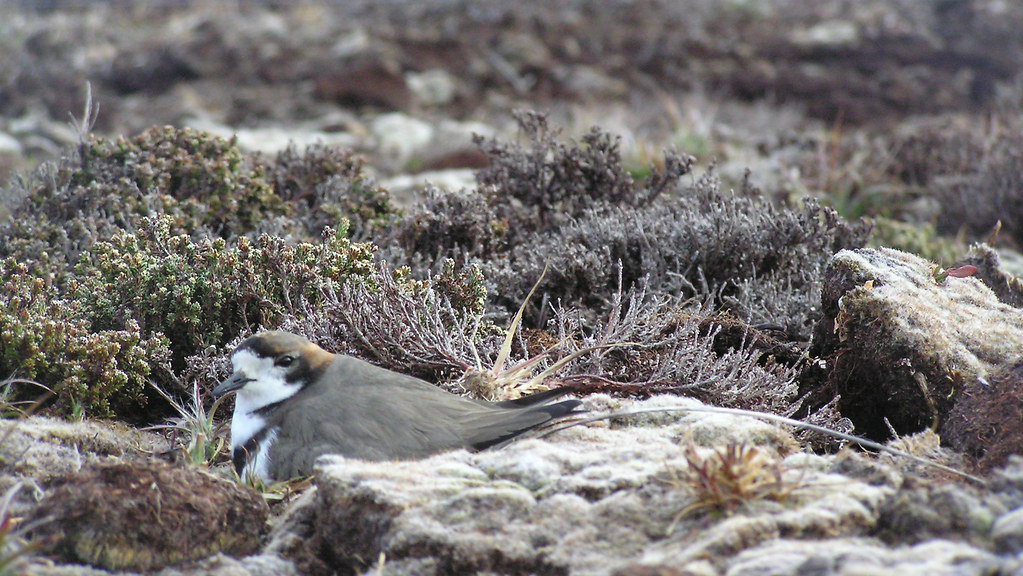Some bird species take it in turns to do the night shift of parental care, whilst others leave it to the female look after the nest after dark, says the largest study of its kind into understanding parental behaviour in shorebirds.
An international team including researchers at the University of Bath looked at the differences in how bird parents share the care for their offspring.
Their research, published in Nature, found extreme and unexpected differences in how parents attend their nest in shorebirds. In some species pairs switched duties 20 times a day, while in others one parent sat on the nest for up to 19 hours. The researchers found the key factor underlying this variation is risk of predation, not risk of starvation. Surprisingly, the rhythm of nest attendance often did not follow the 24 hour day.
Flexible parenting
In birds, like in humans, investment in offspring is often provided by both parents. Thereby, individuals have to synchronise their activities with those of their partner. Behavioural rhythms that arise from such social synchronisation have barely been studied, especially in free-living populations.
Now, an international group of 76 researchers studying shorebirds teamed up to investigate how parents divide the time they sit on the nest while incubating their eggs. This is a particularly sensitive phase of social synchronisation because eggs cannot be left alone for long: they may get eaten by predators, or embryo development may be impaired due to cooling or overheating.
Led by the Max Planck Institute for Ornithology, the team assembled data from 729 nests of 32 different shorebird species of biparentally incubating shorebirds in a variety of different breeding locations.
The researchers found a remarkable diversity in incubation patterns within and between species, even when pairs bred in the same area. Some pairs switched incubation duties almost every hour, whereas in others one parent sat on the nest for up to 19 hours.
Different solutions to covering childcare
Tamás Székely, Professor of Biodiversity in the University’s Milner Centre for Evolution, said: “This research nicely illustrates that when you have two parents that have to solve the challenge of sharing childcare between them, there are several solutions to this problem.
“There are some species that take it in turns to do the night shift, whereas in other species it’s the mother that babysits the nest at night. Arctic birds tend to sit on the nest for longer periods – they feed themselves up and then sit tight whilst the other parent forages for food.
“Birds that rely on camouflage to hide themselves from predators tend to stay on the nests for longer periods than birds that are more visible. These birds spent more time away from their nests to avoid showing the nest location to predators.
“We still don’t understand how birds have evolved such different parenting styles, but now we have a vast amount of data from many different populations, we can get new insights into the complex interplay of environmental and social influences on the behaviour of birds.”
Ultimately, the incubation rhythms are determined by how the two parents coordinate their duties. Parental “decisions” might be related to how their internal clocks synchronise with each other. “It might sound trivial”, says Bart Kempenaers, senior author of the study and director at the Seewiesen institute, “but given that two individuals are involved, each with their own rhythm, synchronisation might lead to different outcomes for different pairs.”
But how does this synchronisation work? Is one partner imposing its rhythm on the other, or are pairs negotiating and finding a compromise? Perhaps human parents know the answer.
Milner Centre for Evolution
The Milner Centre for Evolution, our unique cross-faculty research centre bridging biology, health and education, is named after Bath alumnus, Dr Jonathan Milner who donated £5 million towards establishing the Centre. Its focus is on studying some of the fundamental evolutionary questions of biology, and using this insight to find new technological and clinical research applications.
A key strand to its work is in taking the message about evolutionary research out into the community. An impressive 85 per cent of the University’s Biological Sciences research was judged as world-leading or internationally excellent in the recent independently-assessed Research Excellence Framework 2014.

